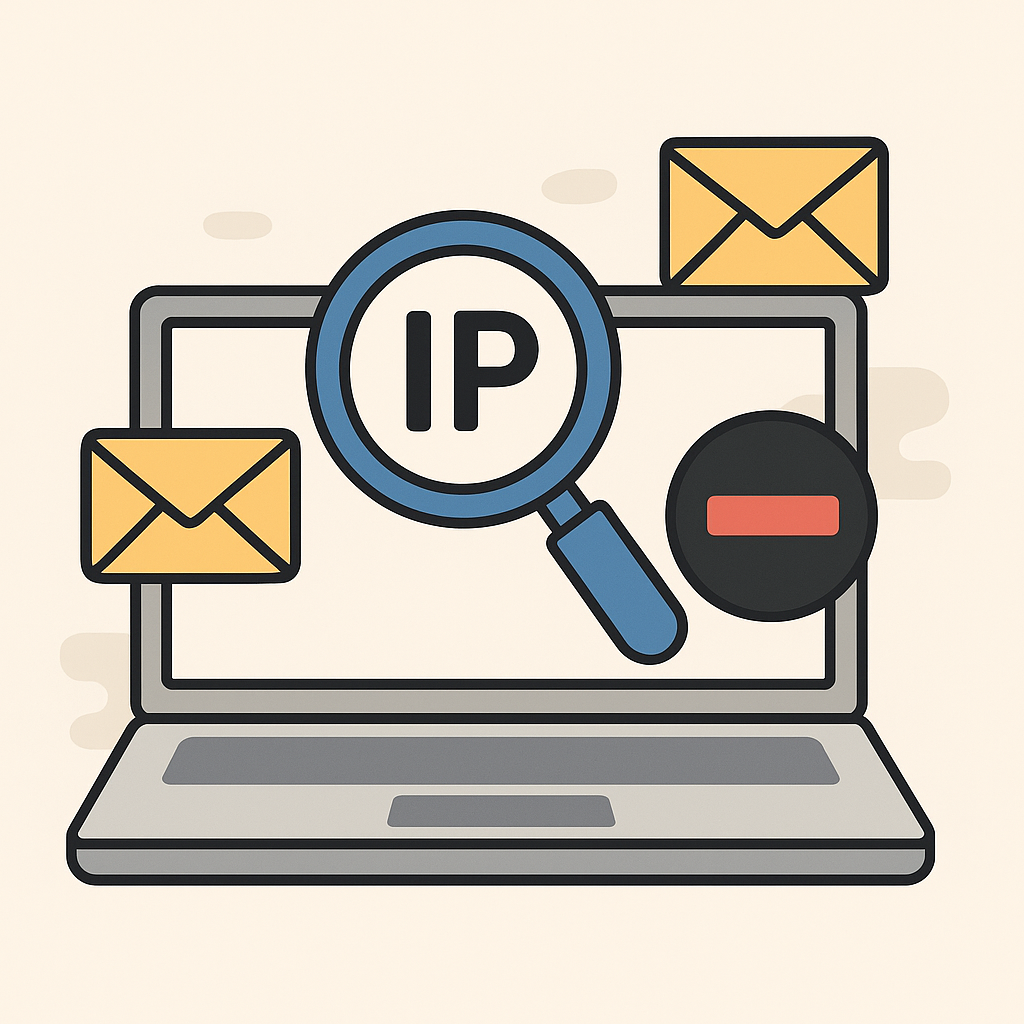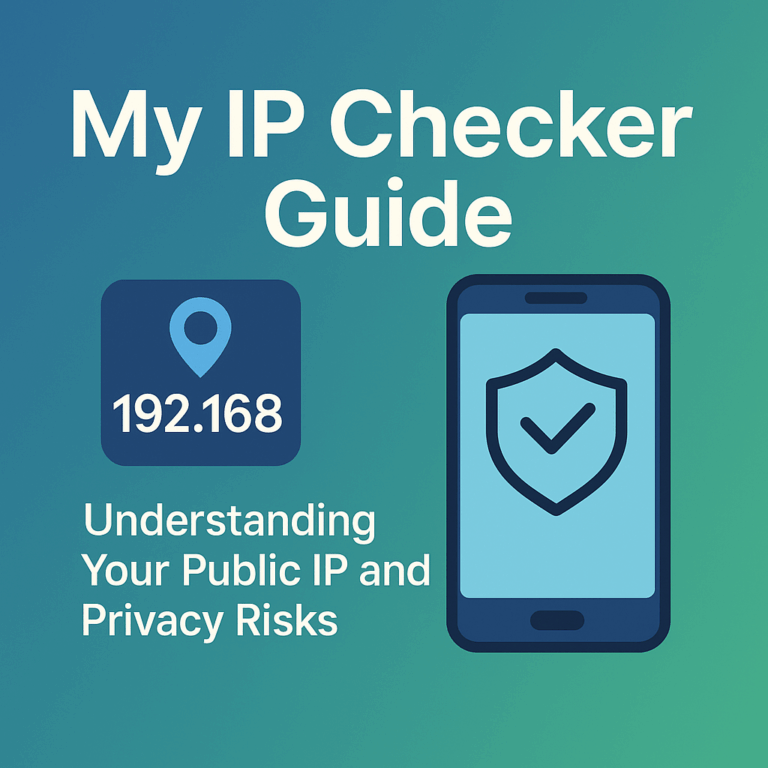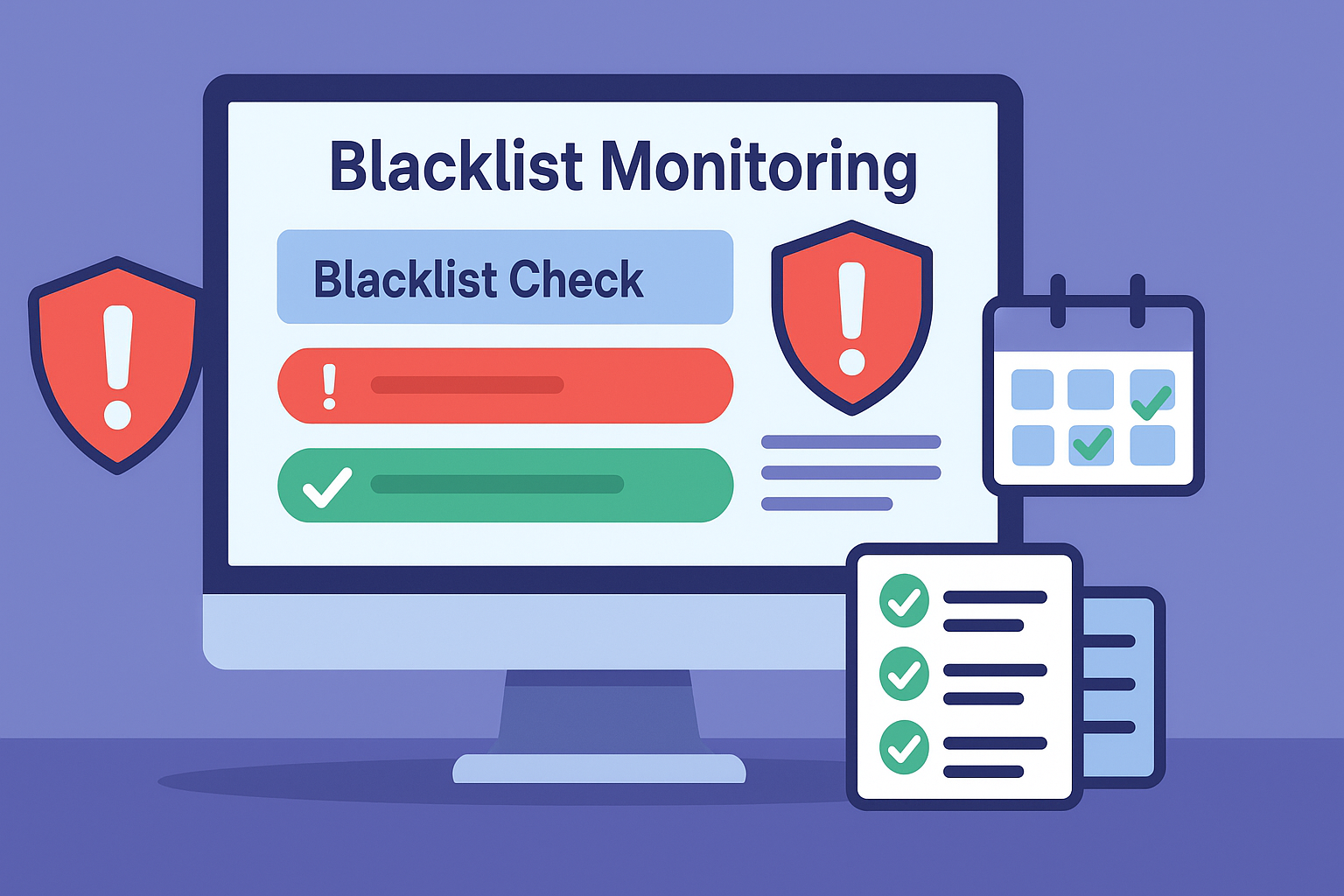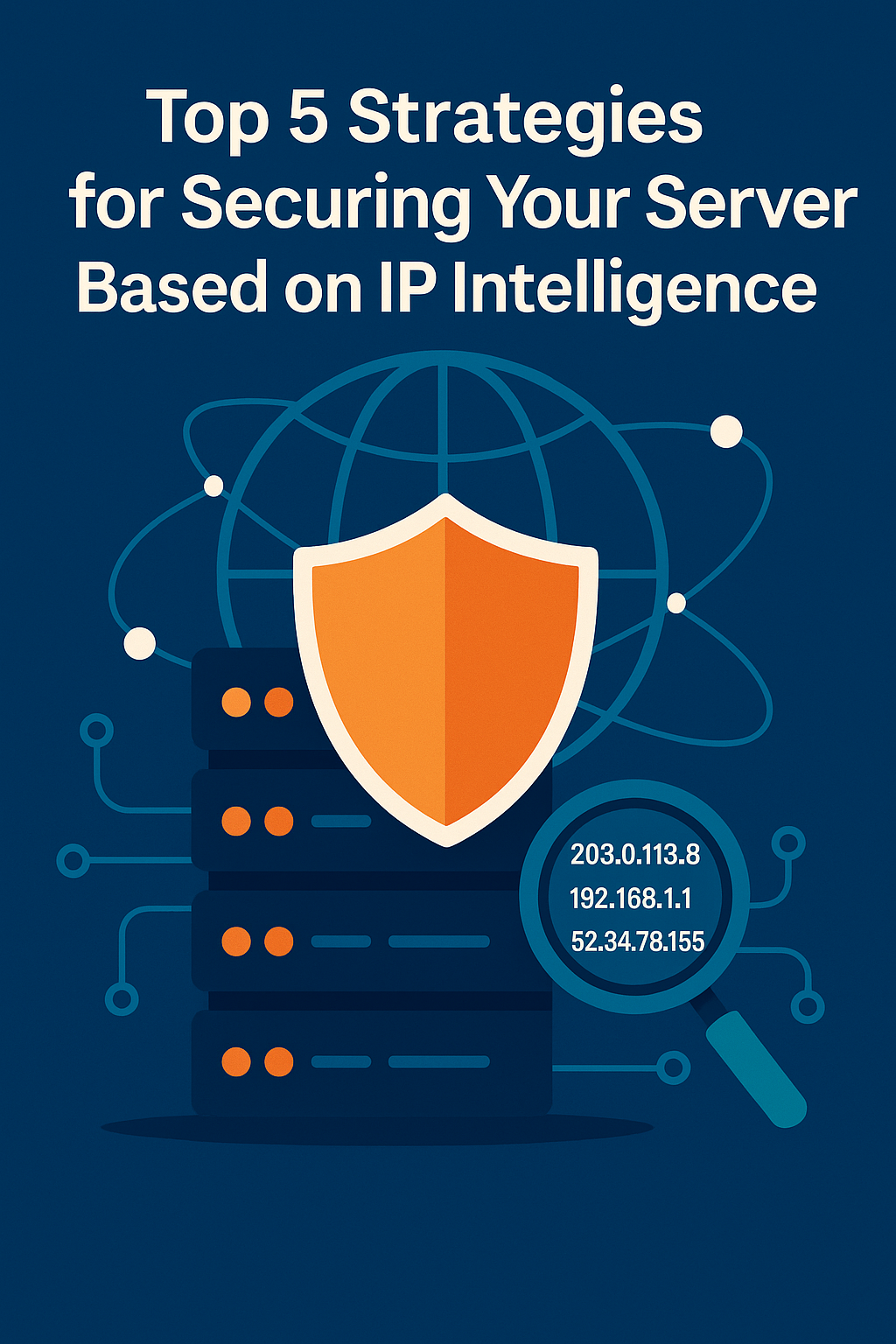Email deliverability—it’s the cornerstone of any email-based communication, whether you’re sending marketing campaigns, transactional notifications, or internal alerts. When your emails don’t reach the inbox, it’s not just frustrating; it can cost you revenue and credibility. Two powerful tools in your troubleshooting toolkit are IP Lookup and Blacklist Checker. In this comprehensive 1,500+ word guide, we’ll dive into how to leverage these tools on FastDNSCheck.com, interpret results, implement fixes, and establish proactive monitoring to keep your email pipeline healthy. Let’s dig in!
Why Deliverability Matters
Email deliverability refers to the successful arrival of an email in a recipient’s inbox. Poor deliverability can manifest as bounces, spam folder placement, or complete rejection. The consequences include:
- Lost Revenue: Marketing emails that never reach customers translate directly to lost sales.
- Customer Trust: Transactional emails (e.g., password resets, order confirmations) build trust; missed emails erode it.
- Brand Reputation: Consistent spam complaints or bounces can damage your domain’s reputation, ironically making future emails even harder to deliver.
Understanding why emails fail and rapidly diagnosing issues is crucial for any operations or marketing team. Two critical investigative steps: identifying sender IP details and checking blacklist status.
Overview of IP Lookup and Blacklist Checking
Before diving into the workflow, let’s briefly define our tools:
- IP Lookup: Queries your sender IP to reveal geolocation, ISP/ASN, and reverse DNS (PTR) information. Helpful to confirm you’re sending from the correct infrastructure and to detect anomalies (e.g., a cloud provider IP instead of your email service).
- Blacklist Checker: Scans known spam and reputation blacklists (Spamhaus, SpamCop, SORBS, etc.) for your IP or domain. A listing typically explains bounces and spam folder placement.
On FastDNSCheck.com, these tools are integrated, making it seamless to pivot from IP discovery to blacklist verification in minutes.
Step-by-Step Troubleshooting Workflow
3.1 Identify Bounce and Spam Symptoms
Before checking IP or blacklist, gather evidence:
- Collect Bounce Messages
- Look at bounce codes: 5xx permanent failures vs 4xx temporary.
- Note SMTP error codes and descriptions (e.g.,
550 5.7.1 SPAM BLOCKED).
- Monitor Spam Folder Reports
- Ask recipients to check spam filters.
- Use mailbox provider feedback loops (FBL) for insights.
- Analyze Email Headers
- Use the Email Headers Extractor to confirm sending IP and authentication (SPF/DKIM/DMARC) results.
3.2 Gather Sender IP Information
From your email headers (look for the last Received: line before your infrastructure), identify the sending IP:
Received: from mail.example.com (203.0.113.45) by mx.google.com...
- Sender IP:
203.0.113.45
Copy this IP for subsequent lookups. Be sure it matches your intended sending server.
3.3 Perform IP Lookup
- Navigate to IP Lookup on FastDNSCheck.com.
- Enter the IP: e.g.,
203.0.113.45. - Review Details:
- ASN & ISP: Confirms the network owner.
- Geolocation: Check if it’s in an expected region.
- PTR Record: Reverse DNS should match your mail domain (e.g.,
mail.example.com).
Common IP Lookup Red Flags
- Unexpected ISP: If ISP shows
DigitalOceanbut you use SendGrid, you’re looking at the wrong IP or a compromised host. - Missing PTR Record: Many receivers flag missing or mismatched PTRs as suspicious.
- Geolocation Mismatch: A sudden country change may indicate a misrouted or compromised server.
3.4 Run Blacklist Checker
- Go to Blacklist Checker on FastDNSCheck.com.
- Enter your IP (or domain).
- Select Lists: Default list covers top 10 common blacklists; you can add more for depth.
- Run the Check: You’ll receive a matrix indicating “listed” or “clear” status.
Key Output Elements
- List Name: e.g.,
Spamhaus SBL,SpamCop. - Status: Pass or Fail (listed).
- Listing Reason: Some lists provide a numeric or textual code explaining why.
Interpreting IP Lookup Results
After performing an IP lookup, focus on:
| Field | What to Look For |
|---|---|
| ISP/ASN | Matches your email service or corporate network? |
| PTR Hostname | Aligns with your mail domain (e.g., mail.example.com)? |
| Geolocation | Within your expected sending region? |
| Network Type | Cloud provider vs residential vs corporate—does it match your flow? |
Example Analysis
- ASN: AS16509 Amazon.com, Inc.: SPD IP should match AWS if you host on Amazon SES.
- PTR: host-203-0-113-45.isp.net vs mail.example.com: Mismatch likely triggers greylisting.
Based on your findings, you may need to:
- Update PTR record in DNS host.
- Whitelist the correct mail service’s ASN in your firewall.
- Ensure your DNS plugin covers the correct reverse entries.
Decoding Blacklist Checker Findings
Blacklist results tell you:
- Which lists have flagged your IP.
- Type of listing: spam source, open proxy, or virus distribution.
- Actions required: delisting forms or automated removal.
| Blacklist | Type | Implication |
|---|---|---|
| Spamhaus SBL | Known spam sources | Immediate disqualification by many major providers |
| SpamCop | Spam complaints-based | Indicates recipients marked you as spam |
| SURBL | URLs in spam messages | Your content includes blacklisted domain |
| CBL | Exploit compromised host lists | Indicates possible infection on your sending host |
Remediation Steps
- Isolate Issue: Confirm if single IP or entire ASN.
- Fix Root Cause: Address open relay, compromised server, or list abusing URLs.
- Request Delisting: Follow each list’s process; document actions.
- Monitor: Keep rerunning checks until clear.
Common Root Causes and Fixes
6.1 Misconfigured SPF/DKIM
- Symptoms: Blacklist Checker shows neither SPF nor DKIM aligned.
- Fix: Update SPF includes, publish DKIM keys, and ensure signatures align with bounce address.
6.2 Compromised Email Account or Server
- Symptoms: Sudden spam complaints, high outbound volume from one IP.
- Fix: Reset passwords, clean malware, and monitor outbound logs. Rotate IP if needed.
6.3 Open Mail Relay
- Symptoms: Blacklists like
OpenRelayorCBLreport. - Fix: Disable open relay in your mail server config. Restrict mail submission to authenticated users.
6.4 Low Engagement or High Bounce Rates
- Symptoms: SpamCop or complaint-based listings.
- Fix: Clean email lists, employ double opt-in, throttle sends, and monitor unsubscribe rates.
Proactive Monitoring and Alerts
Prevent surprises:
- Scheduled IP Checks: Set hourly checks for your sending IP(s).
- Automated Blacklist Alerts: Use FastDNSCheck.com’s alert system to email [email protected] on any new listing.
- Integration with Ticketing: Auto-create incidents for devops or security teams.
Real-World Example: Campaign A Failure Analysis
Background: A marketing team launched Campaign A—20,000 emails—but saw 60% bounce rate and spam folder placement.
Investigation
- Bounce Logs:
553 5.7.1 Message not accepted for policy reasons. - Header Check: Sender IP was
198.51.100.200, belonging to an old testing server. - IP Lookup: ASN showed
AS5410 Hostinger International, not the production ESP. PTR record was default Hostinger. - Blacklist Checker: IP was listed on SpamCop and SORBS.
- Action:
- Updated mailing list to use correct production IP.
- Removed the obsolete testing record from DNS.
- Requested delisting for
198.51.100.200, which took ~24h for SpamCop. - Resent test campaign—deliverability soared to 98%.
Outcome: A simple misconfiguration caused massive deliverability issues. IP Lookup and Blacklist Checker cut troubleshooting from days to hours.
Advanced Tips and Best Practices
9.1 Use Dedicated IP Pools
Separate transactional and marketing traffic on different IPs to isolate reputation impact.
9.2 Maintain SPF/DKIM/DMARC Hygiene
Ensure all sending sources are included in SPF and have valid DKIM selectors. DMARC reports catch alignment issues early.
9.3 Rotate IPs Carefully
If you must move IPs, update DNS, allow TTL for propagation, then retire old IPs after confirming no bounce spikes.
9.4 Monitor Engagement Signals
Track open/click rates, complaints, and unsubscribes—declining metrics often precede blacklist events.
Q&A
Q1: How often should I check blacklists?
A: Hourly or daily depending on campaign volume; set alerts for real-time notification.
Q2: What if a blacklist requires a fee for delisting?
A: Avoid paid services—legitimate blacklists usually offer free delisting. Paid ones may be scams.
Q3: Can I whitelist my IP with Gmail?
A: Google doesn’t offer IP whitelisting; focus on authentication (SPF, DKIM, DMARC) and reputation.
Q4: Why do some blacklists show transient listings?
A: Some lists auto-remove after spam stops; monitor until consistently clear.
Conclusion
Troubleshooting email deliverability issues demands a systematic approach. By combining IP Lookup to validate your sender identity with Blacklist Checker to diagnose reputation problems, you can pinpoint the root cause of bounces and spam placements in record time. Implement proactive monitoring, maintain authentication standards, and respond swiftly to listings—your inbox, and your users, will thank you.
Ready to streamline your deliverability workflow? Head over to FastDNSCheck.com, use the IP Lookup and Blacklist Checker tools, and set up alerts to [email protected] for peace of mind. Happy sending!



